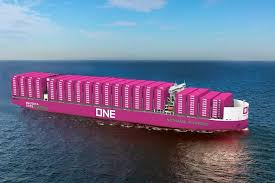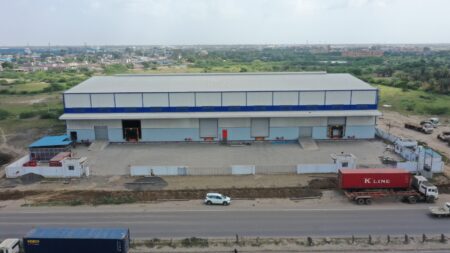Abhishek Prakash Rao (APR), President, RSA Global,discusses how automation and data analytics revolutionize warehousing, improving efficiency, optimizing space, and utilizing predictive analysis. He also addresses challenges in technology adoption and data security.

Implementing innovative strategies to optimise warehouse space while ensuring robust security measures is crucial for efficiency
Abhishek Prakash Rao (APR) shares insights on how technology, such as automation and data analytics, is significantly reshaping warehouse operations. It ensures consistency, optimizes space, reduces safety risks, enhances productivity, improves inventory accuracy, and cuts operating expenses. Leveraging data analytics, automation provides deeper insights across operations, automation, marketing strategies, predictive analytics, and enhances customer experience, marking a transformative shift in the industry.
Navigating challenges
Transitioning from traditional to smart warehouses faces challenges like tech adaptation, cultural shifts, and organizational change. Data security and privacy are critical concerns. However, it also presents opportunities such as improved ROCE, enhanced customer retention, and strategic advantages beyond operational efficiencies.
Sustainability trends
Leading companies are prioritising sustainability in warehousing with trends like optimised space use, renewable energy adoption, energy efficiency measures, rainwater harvesting, thermal insulation, green concrete, and increased use of recycled materials in construction. These practices reflect a growing commitment to environmental responsibility across the industry.
Innovative strategies
Implementing innovative strategies to optimise warehouse space while ensuring robust security measures is crucial for efficiency. Practices like Very Narrow Aisle (VNA) and Heavy-Duty Racking (HDR) with Articulated Forklifts, coupled with Closed Circuit Television Networks, enhance operations. These solutions, while not new, are underutilized in many facilities. Implementations like these at strategic locations enhance security, productivity, and safety, exemplifying effective warehouse management practices in the logistics industry.
Future trends
The future of warehousing looks promising with the integration of Multi-Modal Logistics Parks (MMLPs) under the GatiShakti Master Plan. Grade A warehouses will increasingly accommodate B2C and D2C demands for swift urban deliveries. Key trends include vertical warehousing, sustainable practices, and the integration of AI, ML, robotics, and automation, shaping the industry’s landscape towards greater efficiency and responsiveness.
Strategic warehousing modernization advice
Abhishek P. Rao advises businesses on modernising warehousing operations with a strategic and sustainable approach. Once committed to modernization, focus on setting clear Return on Capital Employed (ROCE) goals for each investment, monitoring progress regularly until achieved. Consider whether investments are geared towards short-term gains (1–5 years) or long-term benefits (5-7 years), adjusting expectations as time progresses. Assess industry readiness to adopt automation and devise effective sales strategies to demonstrate its value to customers. Emphasize sustainability by exploring cost-effective innovations like responsible water usage and recycling initiatives, leveraging research, and networking for insights. Sustainable practices not only contribute to environmental responsibility but also enhance operational efficiency, aligning business goals with evolving market demands for a resilient warehousing future.











